Lower back pain while sleeping on the right side does not necessarily indicate kidney disease, but may be related to factors such as improper sleeping posture, lumbar muscle strain, and lumbar spine lesions. Lower back pain caused by kidney disease is usually accompanied by symptoms such as abnormal urination and edema. Simple positional pain should be judged comprehensively in combination with other manifestations. Improper sleeping posture may cause prolonged compression or twisting of the waist muscles, leading to poor local blood circulation. A mattress that is too soft or too hard can exacerbate uneven stress on the spine and may cause stiffness when waking up in the morning. This type of pain can often be relieved after activities, adjusting sleep posture and using a medium hardness mattress can help improve symptoms. Lumbar muscle strain is common in people who maintain a fixed posture for a long time or are overworked. The pain is mostly concentrated at the muscle attachment points, and the soreness is obvious when pressing. Hot compress or gentle massage can relax spasming muscles, avoid lifting heavy objects, and prevent sudden twisting of the waist to prevent recurrence. Lumbar disc herniation or degenerative changes can stimulate nerve roots, and pain may radiate to the buttocks or lower limbs. Symptoms worsen when coughing. This type of situation needs to be diagnosed through imaging examination, and conservative treatment includes traction, physical therapy, and nutritional nerve drugs.
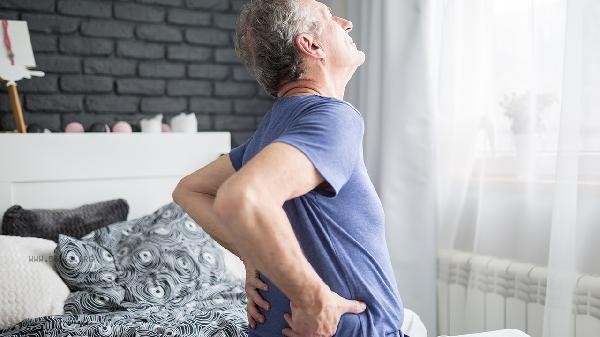
Kidney diseases such as kidney stones and nephritis may indeed cause lower back pain, but the pain is mostly located in the rib and spinal angles and is persistent. When kidney stones move, they can cause severe colic accompanied by hematuria, and pyelonephritis is often accompanied by fever, frequent urination, and urgency. Ultrasound and urine routine examination of the urinary system can effectively distinguish the cause. Osteoporosis may also cause spinal compression pain when lying down, especially in postmenopausal women and elderly people. Bone density testing can provide a clear diagnosis.
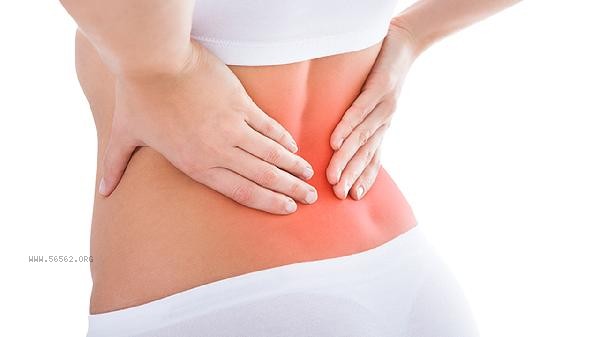
It is recommended to record the specific location, duration, and accompanying symptoms of pain, in order to avoid self medicating painkillers to mask the condition. Maintaining a regular daily routine and moderate waist exercise, such as the shaking head and tail movements in the Eight Section Brocade, can enhance lower back muscle strength. If the pain persists for more than two weeks or symptoms such as numbness in the lower limbs and difficulty urinating occur, it is necessary to promptly seek medical attention from a nephrology or orthopedic department to investigate the cause.
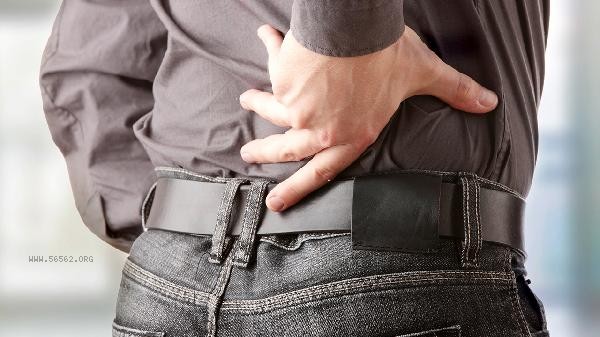

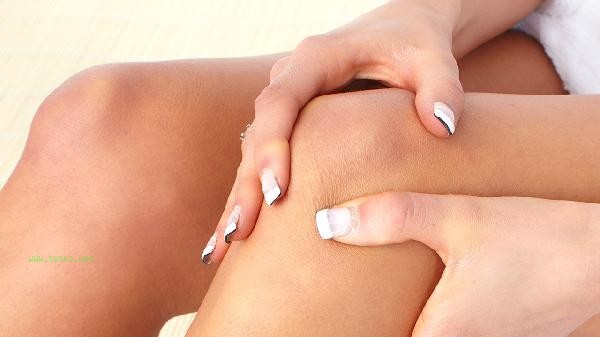
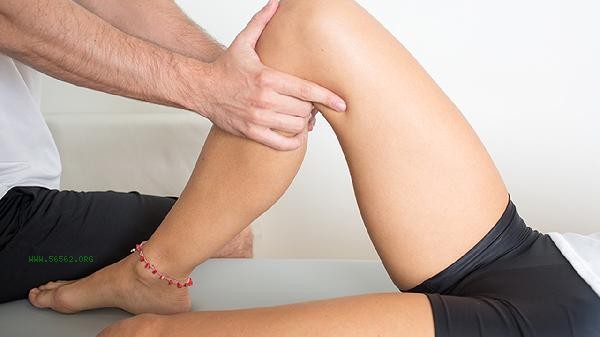
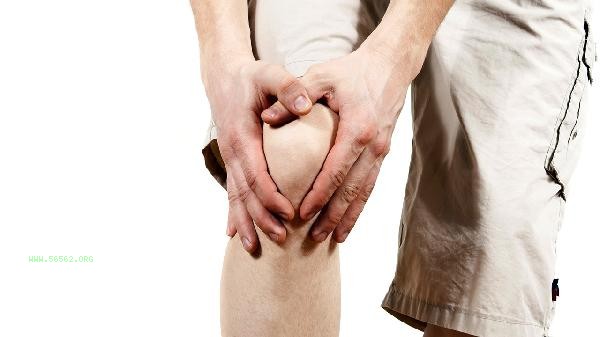

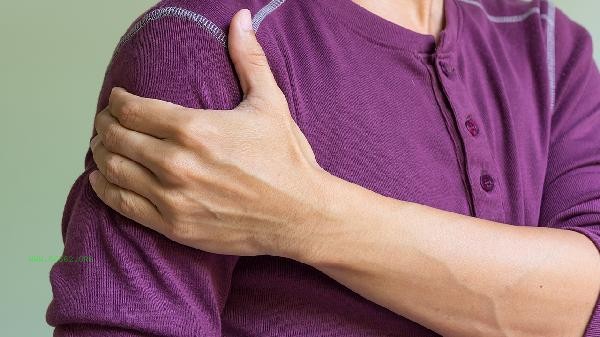


Comments (0)
Leave a Comment
No comments yet
Be the first to share your thoughts!